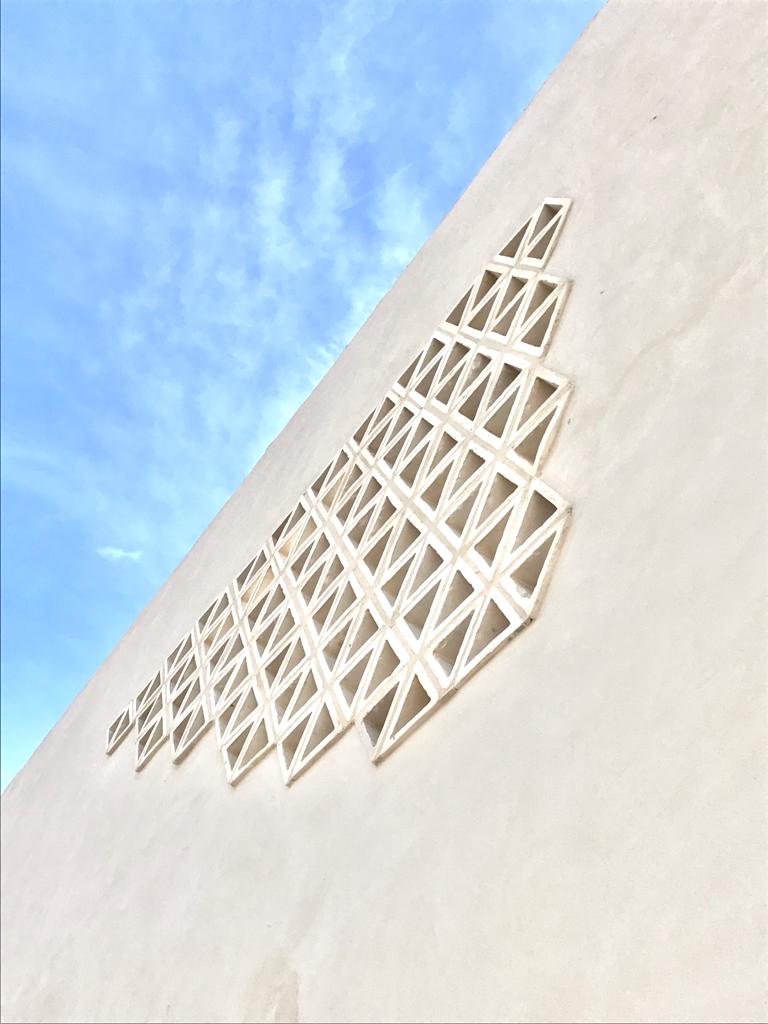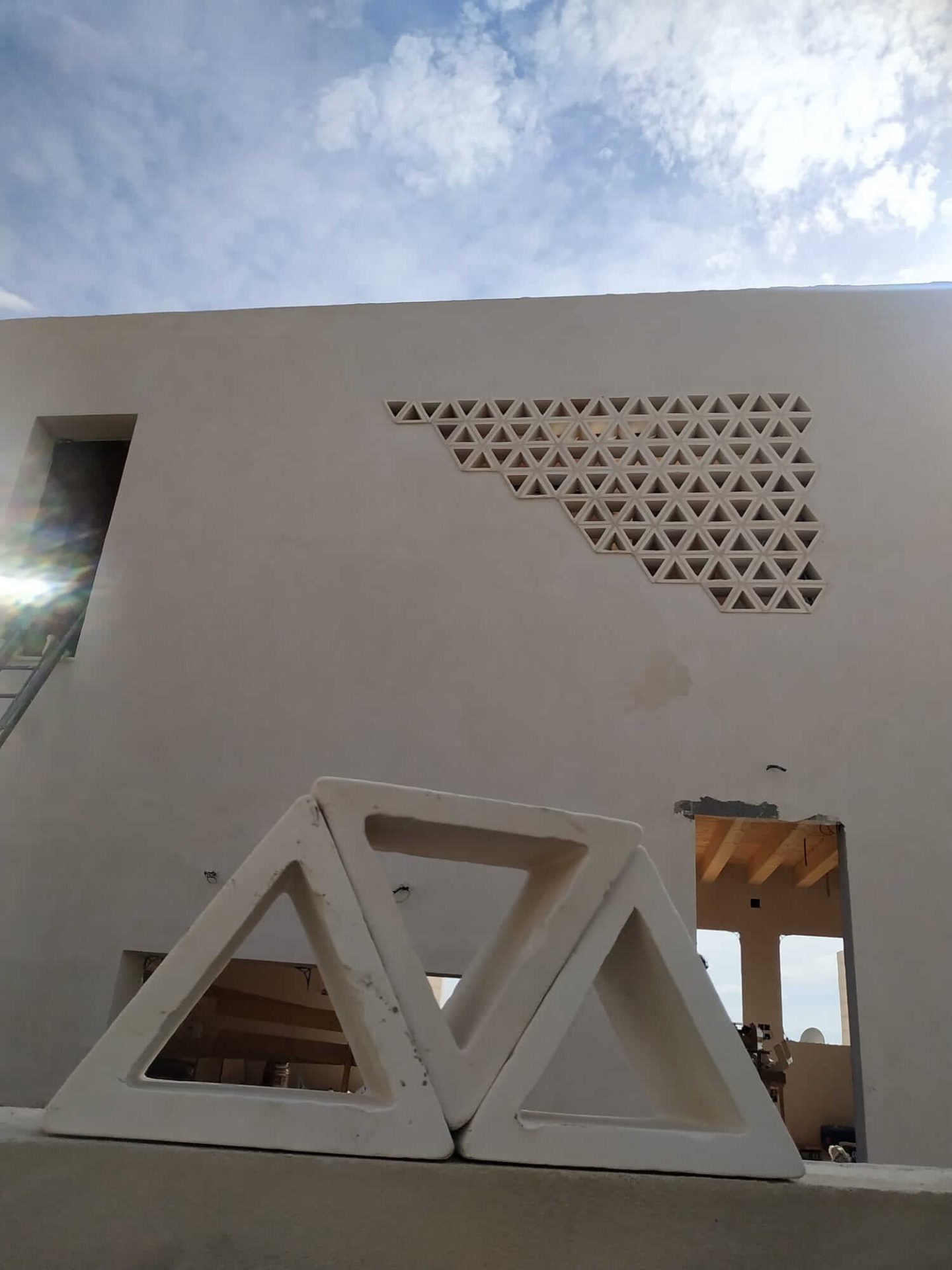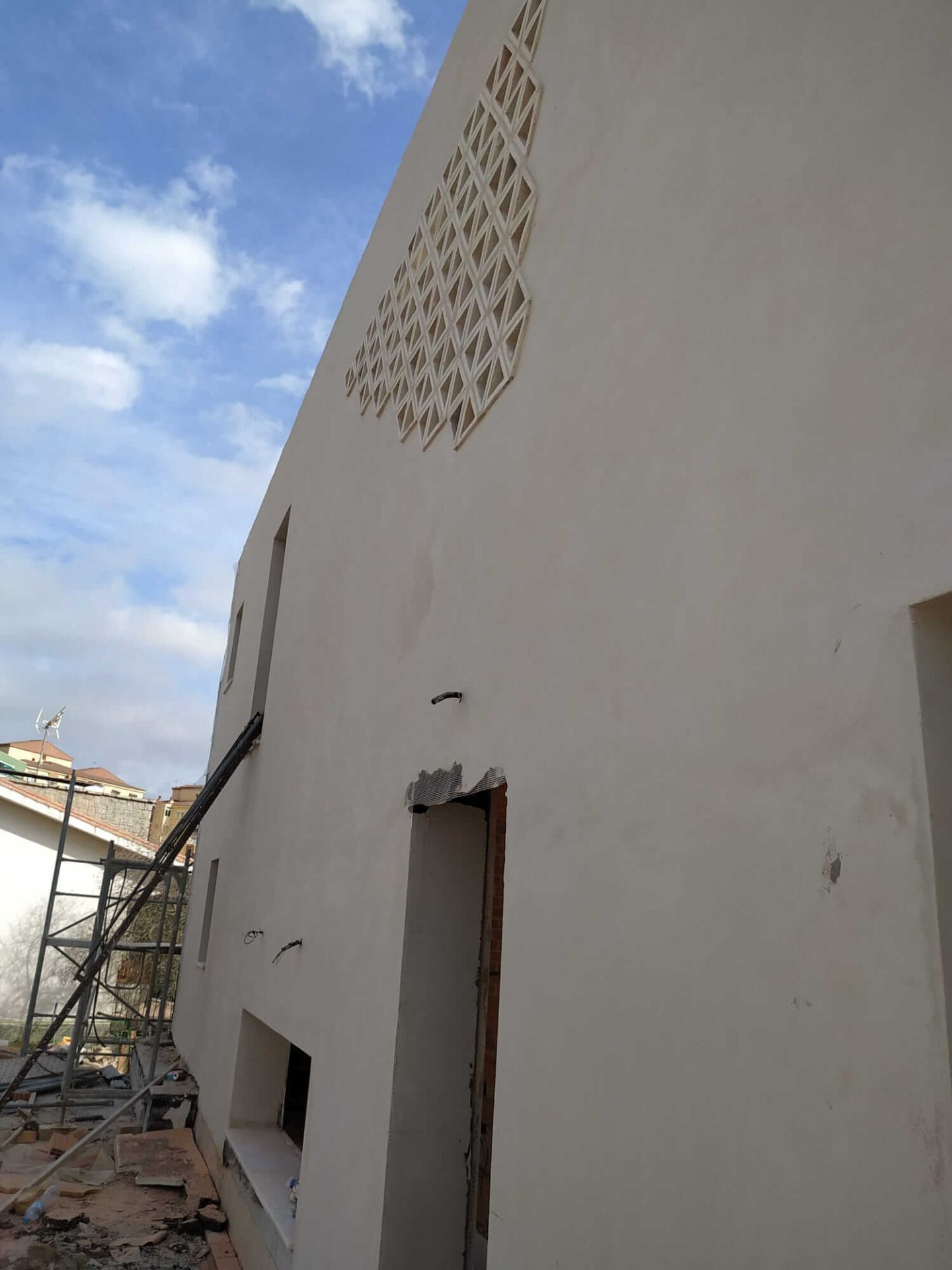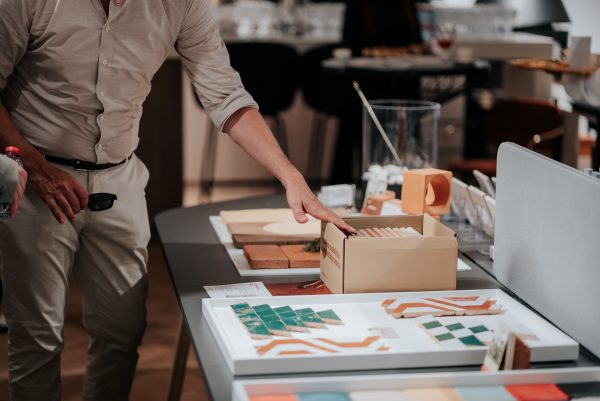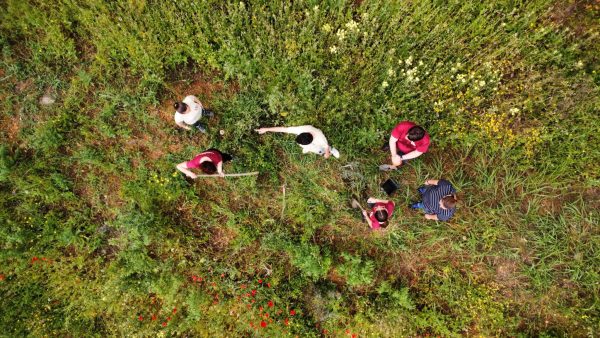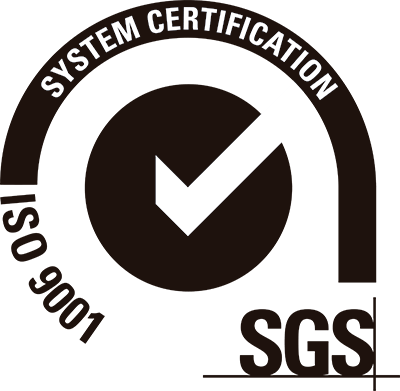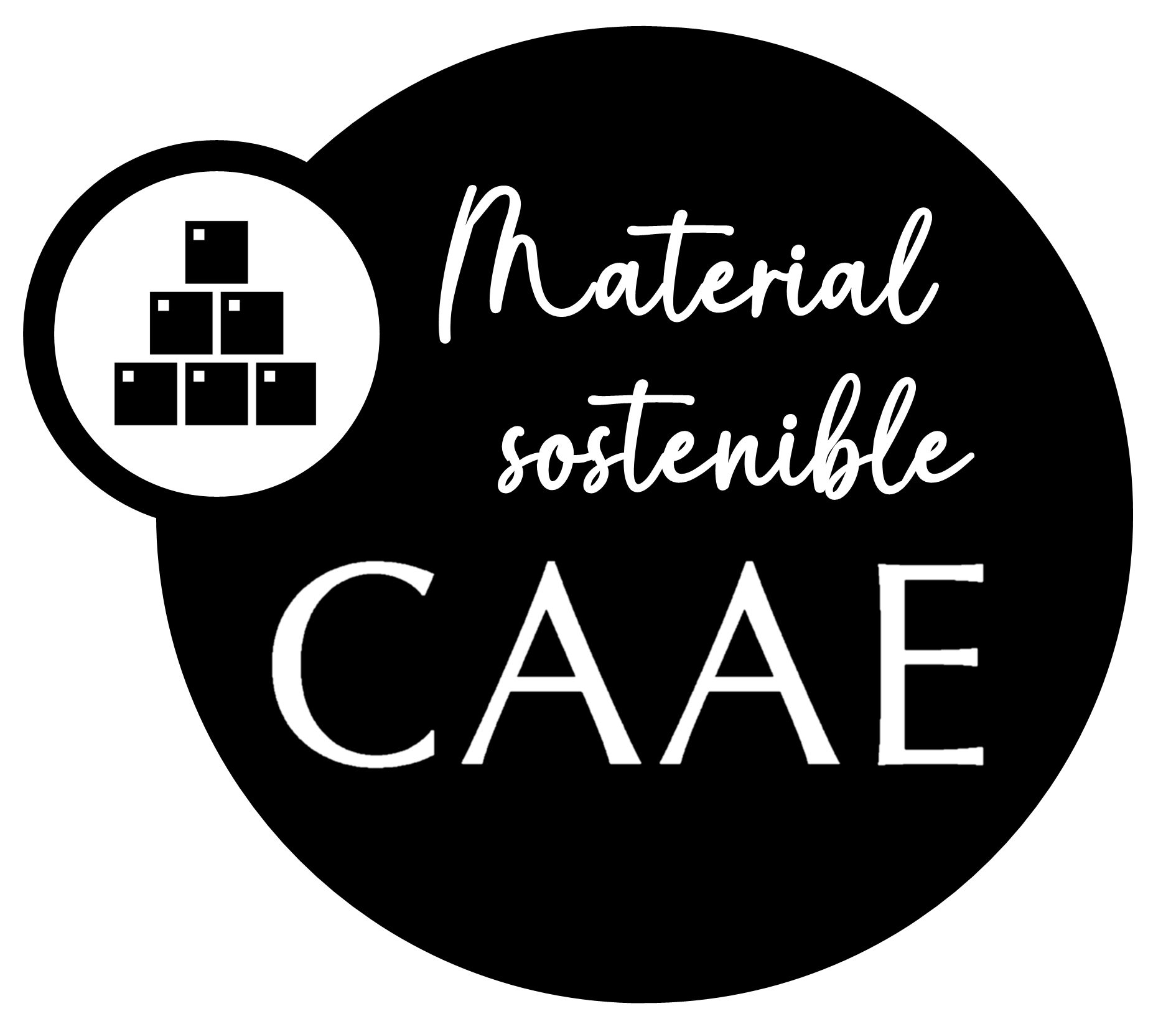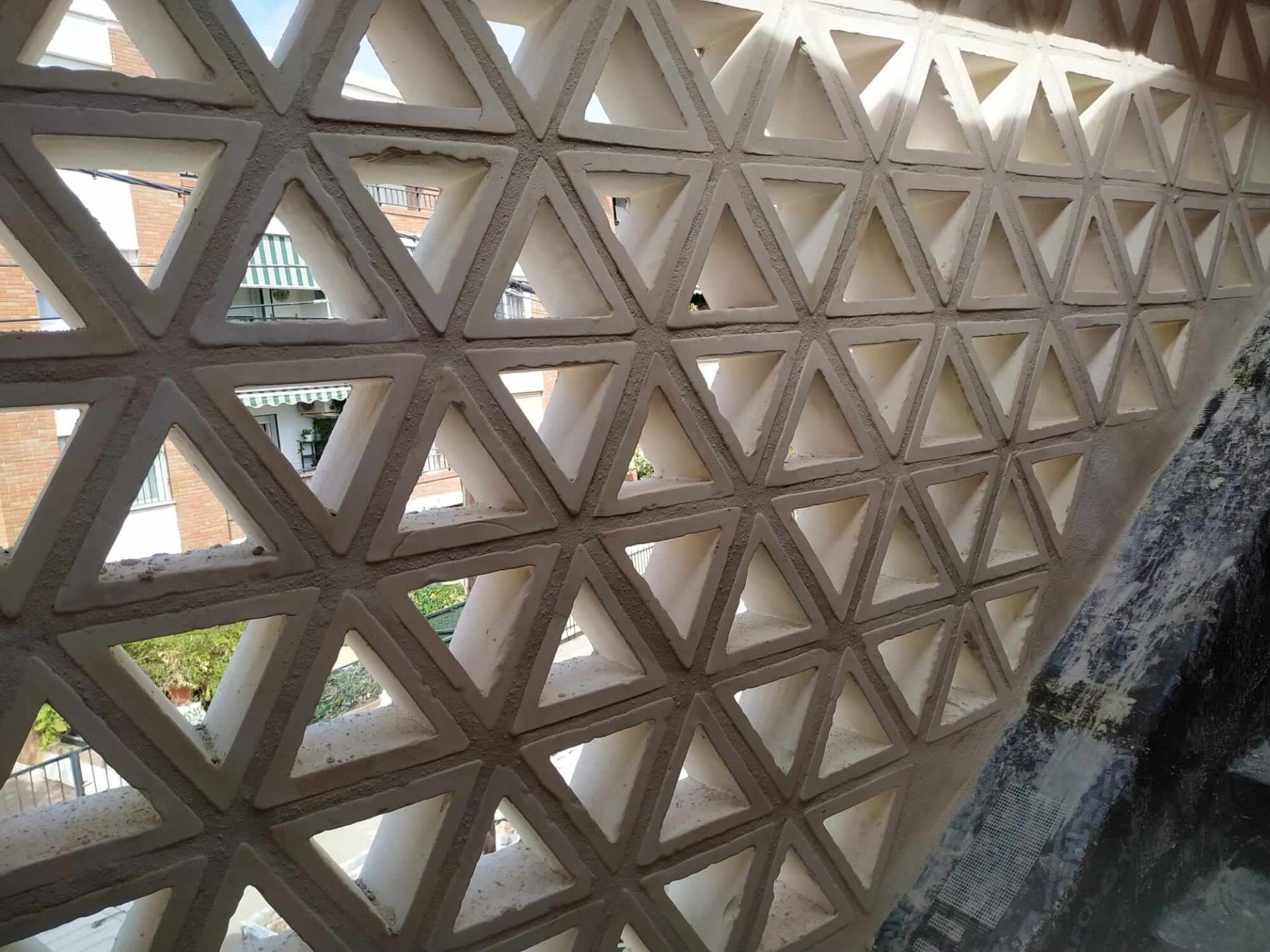
A sustainable house against drought, inspired in antiquity
A new home in Rincón de la Victoria (Malaga) manages to reduce to a minimum its energy costs thanks to the use of sustainable construction materials and a combination of tradition and modernity.
One of the major concerns for any home-dweller is currently how to reduce energy expenses. The response is often found in the composition of the home itself, more than in the balancing act that one may try by turning off the tap or the lights. Its materials. What it is made of. This is where a large part of the best ideas on the issue are focused on. In Malaga, specifically in Rincon de la Victoria, in the El Cantal residential complex, there is a clear example. A house that does not require air conditioning to prevent one from melting away in the summer heat. That uses the last drop that falls on its roof to prevent using water unnecessarily, given the persistent droughts. In a nutshell, sustainable. For the environment and, over the long-term, for the pocket, at the same price as any other home in the area.
The idea, as explained by its architect, Pablo Farfán, in an interview for the newspaper El Pais (in spanish), is based on what he calls “a new Mediterranean architecture”. A formula that uses the architectural legacy that is the basis of our tradition, to go one step further in modernity. Aljibes, acequias (water tanks, irrigation channels) … words that are related to the Andalusí culture, but that are still current today. Fully contemporary.
Materials to build sustainability
Sustainable water management begins at the entrance to the home. The tiles surrounding the house, in addition to their rustic look, work as a type of “giant botijo”. In other words, they sweat the excess water from being sprayed thanks to their porousness and, in this process, they cool down their surroundings. The excess is also used. The remaining water is led to a small network of canals that reconduct it towards a tank that is hidden beneath the garden. A water tank is thus filled with rainwater, which is then used for the house itself.
The operation is the same for other areas of the house. On the way to the terrace, next to the stairs, is a lattice of triangular blocks where a vertical garden will be planted. This will cool the environment while at the same time conducting the rainwater.
The trick to saving on heating or air conditioning is quite simple. It uses the same principle of the botijo, as described above. The material helps to keep the environment cool in summer and warm in winter. This, along with aerothermal heating and cooling, which costs much less compared to a boiler, for example, and the house’s orientation, taken into account by Farfán, lead to substantial savings both for heating and cooling. The breeze is free and, once winter comes, by closing the window the expenditure does not increase excessively.
The materials used (adobe bricks, limestone blocks, clay tiles, lattice bricks with soil, lime, cork or pine wood) all have many features that make them ideal to be standardised as solid alternatives. The first, proximity. All of them were produced in Spain. The second, and possibly most important factor: they are much more environmentally-friendly and practical, because they can now be produced industrially. Their durability, advises Farfán, is the same as envisaged by our Arab ancestors: “Has the Alhambra crumbled?”, asks the architect, rhetorically.
